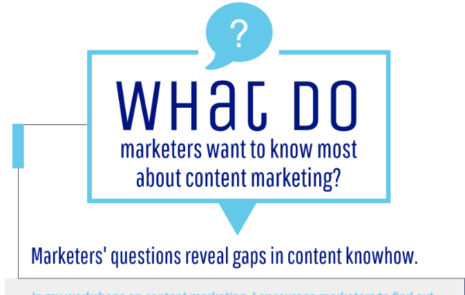
News media interview? Be brief to be remembered.
Research shows that earned media, media coverage an organization did not pay for, drives brand awareness best. And, unlike paid media, it’s free. But to get that good coverage, you need to ace the news media interview.
Media interviews can be nerve-racking, especially if they’re on video or live TV. Because of that, many people talk too long. Sometimes it’s out of nervousness, sometimes it’s out of wanting to make sure the reporter gets enough information, and sometimes it’s just that the speaker doesn’t know when to stop.
Why be brief?
There are many reasons to brief in news media interviews:
- First of all, the average TV sound bite is about eight seconds. So if you want to get your message heard, you need to be brief. You need to get to the gist of your message quickly.
- People have short attention spans. While there is no debate about the statement that goldfish have longer attention spans than humans, it’s a fact that we have short attention spans. There’s a reason sound bites keep getting shorter.
- People can only remember so much. Most people remember between 17% to 25% of the 20,000 to 30,000 words they hear each day. So if you want your message heard, you need to keep your answers short and interesting.
- You have a better chance of reaching your whole audience. If you want to reach 75% of U.S. adults, you need to be quoted at about a fifth-grade reading level. Very few U.S. adults can read at a college or even 12th-grade level. And even if you think your audience can read at high-grade levels, shorter, simpler words are quicker for everyone to process.
The statistics speak for themselves. To get your message heard, you need to be brief during news media interviews.
How to be brief in a media interview
To many people, being brief doesn’t come naturally. That’s why the quote, “If I had more time, I would have written a shorter letter,” is attributed to so many famous people.

However, it is possible to change your wordy ways.
Here are some tips to help you be brief:
- Make and use a Message Map. If you’ve read my previous blogs, then you know I’m a huge fan of message maps. With a one-page message map, you can get to the gist of your message in 7 seconds (remember, the average length of a sound bite is 8 seconds). A message map helps you deliver a clear, concise, consistent message.
- Use simpler words. For example, why say “uncontained fragmentation” when you could simply say, “it exploded.” One trick I learned from my partner is to go through your message and try to replace any word longer than two syllables with a shorter one.
- Avoid negatives. They slow people down or often confuse them. To give you an example, let’s play Simon Says. (Humor me here.)
Simon says raise your right arm.
Simon says raise your left arm.
Simon says put both arms down.
Simons says don’t remain seated.
Assuming you started the game seated, did you notice how much longer it took you to process the last direction than the first three? You would have processed it much more quickly if the direction was: Simon says stand up. That’s what happens to your audience when you use negatives.
In fact, research shows that negative words induce stress in people. Even if your message is positive, why take the chance of using any negative words at all?
- Start with the simple answer, then explain. Suppose you are asked, “Where do you manufacture your products?”
If you make them outside the US, you might be tempted to say something like, “To keep costs down for our clients, we make our products in India.” In answering this way, you are keeping the reporter, and the rest of your audience, waiting for the answer to the question.
If instead, you answer with, “India, to keep costs down for our clients,” you use 8 words instead of 13, and you’ve given a direct, concise answer that still explains why you manufacture in India. - Stop when you’ve answered the question. This can be difficult, especially if the reporter remains silent when you are finished. Many reporters use this technique to see if they can get the interviewee to say something they shouldn’t. Don’t fall for it. If you’ve answered the question, you’ve answered the question.
Brevity takes practice
Getting better at most things is possible with practice. Start by being briefer in your daily life. Writing emails. Speaking in meetings. The more you work at it, the briefer you’ll get.
A good news media interview is one of the best ways to get your story heard. In addition to being free, news coverage helps raise brand awareness and complements your marketing activities. A concise message and clear, brief answers will give you the best chance of being heard AND remembered.
For more tips on how to deliver on-message communications, subscribe to our blog.
Related Posts
Stop Confusing People: Nix the Mixed Messages
A major pitfall for brands is sending mixed messages. When companies send mixed messages that say conflicting things about their brand, consistency gets lost...
Presenting? Here’s how to handle tough audience questions
Have you noticed that fewer and fewer presentations leave time for audience Q&A? I’m not sure if this trend is due to conference organizer...
Presenting? Help your audience with visual aids
Why do I continue to attend presentations where the speaker uses poor visual aids or bores the audience with “death by PowerPoint?” There is...
What do marketers want to know about content marketing? [Infographic]
“What are your top 3 content marketing questions?” That’s a question I asked hundreds of marketers in my workshops over the past year. An analysis of...





